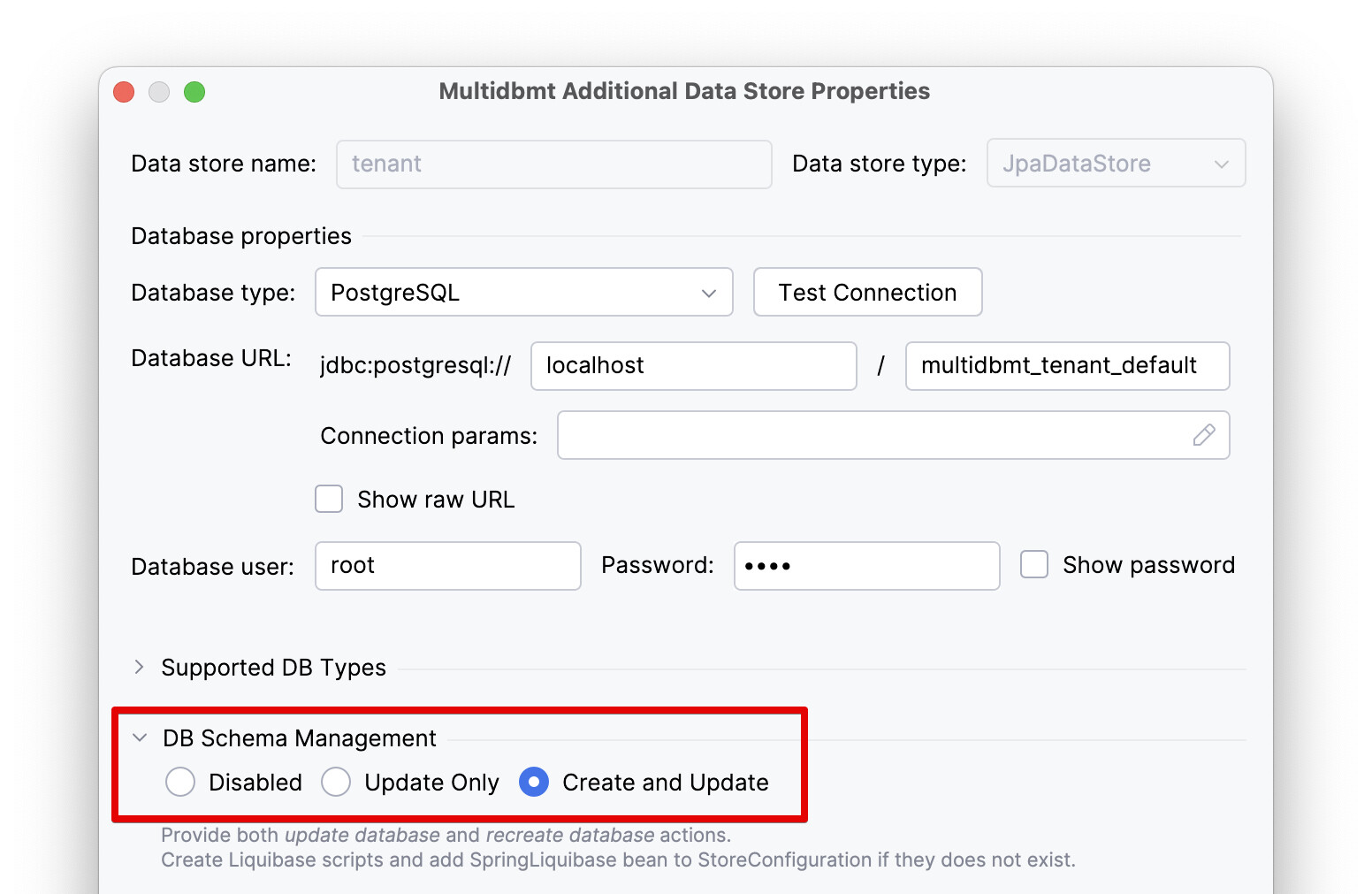Hi and thanks for your answer,
For your first question about updating specific databases.
Now I have a flag into a specific table on each database and when app starts checks for that specific flag and do some specific sql updatates if necessary so the database for tenant1,2,3 is up to date.
After the update is done with success the flag is put on false and that’s it, next time it will not checking anything.
Now about my business logic.
I have an erp with accounting, salary, sales, etc.
This erp it is used in different scenarious:
One is by accounting companies that have in custody from one company to deal with or ten’s of them or even more then a hundred in their portofolio.
Another scenarion is with companies that are not accounting but use the erp for their business processes. Some of them have also one or 2,3,4 companies that are own by same person/entity and have all the accounting in their location for all their companies. Some of these databases can be very big.
Another scenario is with one company that have different locations where they deal with erp and for some of them we have made separate servers and databases and instalations with replica scenarious due to their specific demands.
For example they do not want to depend on internet if something happens on their main locations so we have separate servers for their locations. Also for some of them this was our decision to have all the data in small databases for every location due to scalability, speed or other reasons.
So for all these scenarious we have separate tenant databases with same structure.
Having a single database with tenant_id column can work for some scenarious but not for all situations. There are pro and cons and for us cons where bigger then pros.
One reason is for some databases the grow very big and having separate databases is more scalable and easy to manage. If I need to backup one specific database it is much faster to have one small backup then to have a big bulk backup with all messed together that take long time.
Sometimes you need to bring customer data to your server to have some specific tests or dealing with bugs.
Also with one very big database all the queries, indexes are big and will make app slower with the passing of time.
Regards,
Camil Ghircoias
